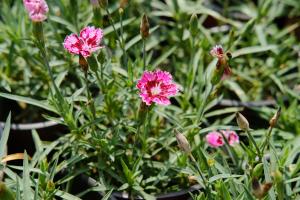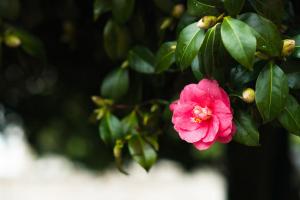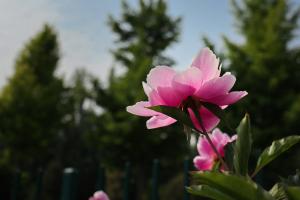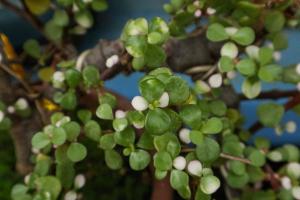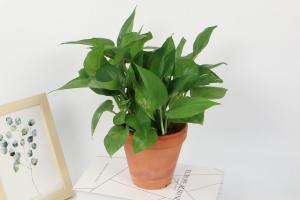Introduction
Acidifying potted plant soil is an essential task for gardeners who want to ensure the proper growth of a variety of plants, including azaleas, blueberries, and rhododendrons. While some plants thrive in alkaline soil, many others require acidic conditions to flourish. Fortunately, it is possible to acidify potted plant soil by following a few straightforward steps.
Test the Soil pH
Before embarking on any soil-acidifying measure, it is essential to determine the pH of your potted plant soil. This can be done using a soil testing kit, which is readily available at most garden supply stores. Once you have tested your soil, you can go ahead and determine the best course of action to achieve the desired acidity level.
Add Sulfur
One of the most effective ways of acidifying potted plant soil is to add elemental sulfur. Sulfur works by reacting with bacteria in the soil, which converts it into sulfuric acid. This acid, over time, will lower the pH of the soil to the desired level. The recommended ratio of sulfur to soil varies depending on the initial soil pH and the desired acidity level. Generally, adding one pound of sulfur per 100 square feet of soil will lower the pH by one point.
Apply Aluminum Sulfate
Aluminum sulfate is another effective way of acidifying potted plant soil. Unlike sulfur, aluminum sulfate works quickly and can lower the pH within a few weeks. It works by releasing aluminum ions, which react with the soil and lower its pH. The recommended ratio of aluminum sulfate to soil depends on the initial soil pH and the desired acidity level. As a general rule, it is recommended to use one tablespoon of aluminum sulfate per gallon of soil for every unit of pH reduction required.
Use Peat Moss
Peat moss is a natural soil acidifier that is easy to work with and readily available. It works by releasing organic acids into the soil, which lower its pH. It also improves the soil's structure and moisture retention capacity. To use peat moss, mix it with the soil in a ratio of one part peat moss to two parts soil. After mixing, water the soil thoroughly and monitor its pH level over time to ensure it stays at the desired acidity level.
Conclusion
Acidifying potted plant soil is a vital task for gardeners who are looking to grow acid-loving plants. Several methods can be used to achieve this goal, including the use of sulfur, aluminum sulfate, and peat moss. It is essential to test the soil pH before embarking on any soil-acidifying measure and monitor the pH level over time to ensure it stays at the desired level. With these few simple steps, you can enjoy the beauty and benefits of your acid-loving plants for years to come.

 how many times do yo...
how many times do yo... how many planted tre...
how many planted tre... how many pine trees ...
how many pine trees ... how many pecan trees...
how many pecan trees... how many plants comp...
how many plants comp... how many plants can ...
how many plants can ... how many plants and ...
how many plants and ... how many pepper plan...
how many pepper plan...
